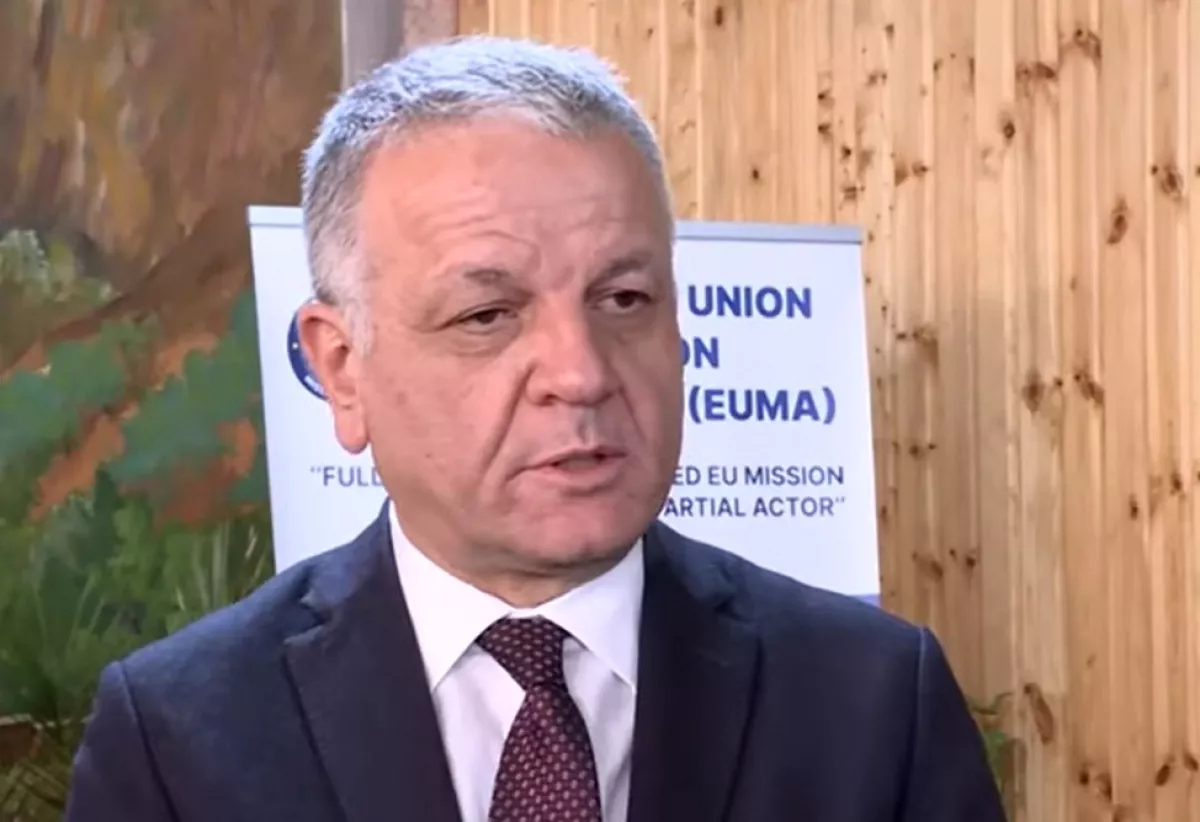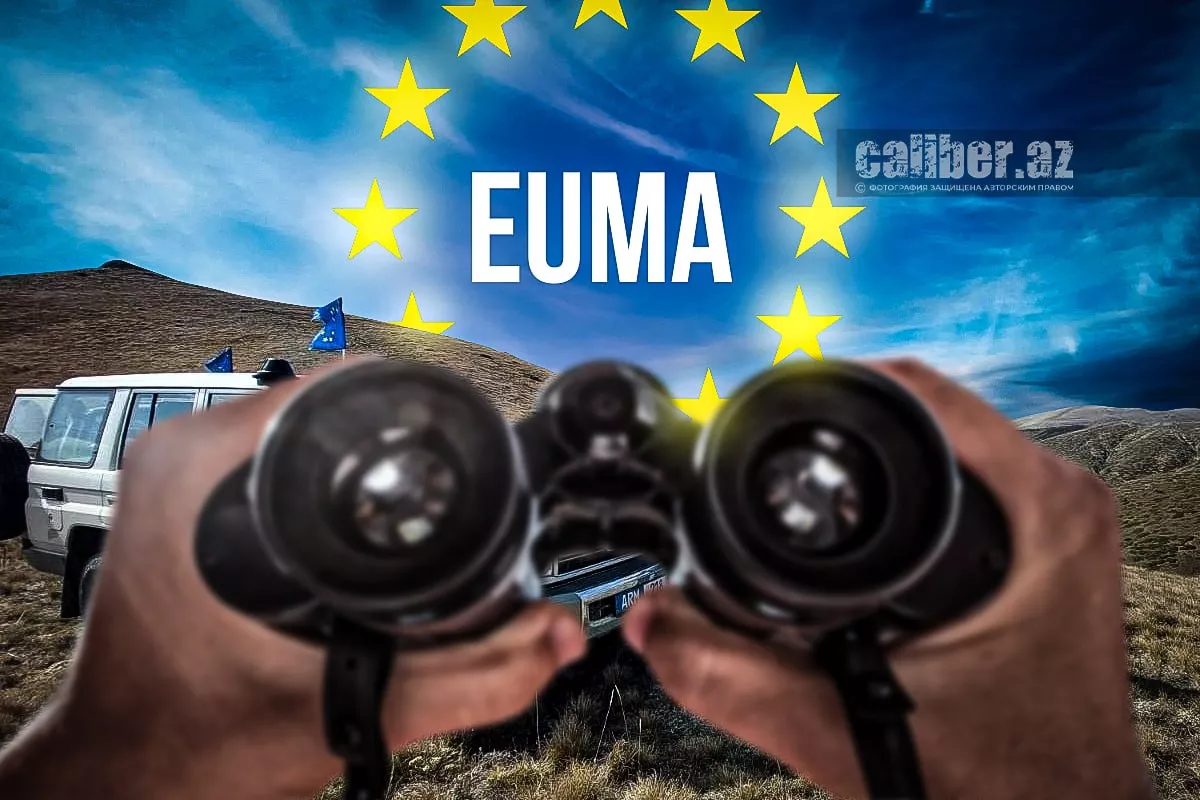Trump Route and the EU’s appetite A European reassessment of values
A large number of actors have shown interest in the Zangezur Corridor, the implementation of which was agreed upon in Washington on August 8 of this year under the mediation of U.S. President Donald Trump. The European Union has not remained on the sidelines either, as clearly evidenced by the highly optimistic remarks of EU Ambassador to Armenia Vassilis Maragos regarding the “Trump Route for Peace and Prosperity” (TRIPP) — the section of the Zangezur Corridor that will pass through Armenian territory — made during his recent conversation with Armenian media representatives.
“We are ready to deploy our tools not only in the context of the [TRIPP] project,” he stated, noting that the European Union intends to support all infrastructure initiatives in the region.
The ambassador also reminded of the EU’s financial commitments made in 2021, amounting to around €2.5–2.6 billion, which have already been directed towards the implementation of several projects, including the construction of the Sisian–Kajaran highway, along with a tunnel. Funding is provided through the European Union budget, loans granted to the Armenian government, and contributions from partners under the Europe Team programme.
“We work closely with the Armenian government and other partners. Last week, I took part in the Global Gateway forum in Brussels, where prospects for strengthening ties between Europe, Central Asia, and China were discussed. Armenia plays an important role in this process,” Maragos said.
The ambassador also reminded of the EU’s financial commitments made in 2021, amounting to around €2.5–2.6 billion, which have already been directed towards the implementation of several projects, including the construction of the Sisian–Kajaran highway, along with a tunnel. Funding is provided through the European Union budget, loans granted to the Armenian government, and contributions from partners under the Europe Team programme.
“We work closely with the Armenian government and other partners. Last week, I took part in the Global Gateway forum in Brussels, where prospects for strengthening ties between Europe, Central Asia, and China were discussed. Armenia plays an important role in this process,” Maragos said.

Thus, the statements made by the European diplomat regarding TRIPP indicate the European Union’s plans to insert itself into a project that promises participating countries not only substantial economic dividends but also significant geopolitical gains.
First, TRIPP is overseen by the United States, providing the EU with an additional opportunity to strengthen economic ties with the U.S., among others.
Second, the Zangezur Corridor project — a route from the Caspian to Europe — will be completely independent of Russia and Iran, meaning it will allow direct transit from Azerbaijan through Armenia and Türkiye to Europe. For the European Union, this completes the logistics chain of the Middle Corridor and implies that, by joining the transport project, the EU could avoid dependence on routes through Russia and Iran while maintaining trade links with Central Asia and China.
As we can see, participation in this project is immensely beneficial for the European Union on multiple fronts. It opens up a unified economic space and provides a route to Asia that bypasses Russia and Iran. Therefore, the EU’s eagerness to join the project is understandable and justified, although there are aspects that require careful consideration.
It is no secret that, for a long time, the EU has ignored Azerbaijan’s just position in the now-concluded Karabakh conflict, consistently demonstrating a policy of double standards. Adopting an openly pro-Armenian stance, bodies such as the European Parliament have, over the years, repeatedly passed provocative resolutions with an anti-Azerbaijani focus.
This one-sided approach has persisted even in the post-conflict period, following Azerbaijan’s victory in the Patriotic War of autumn 2020 and the single-day counterterrorism operation in the Karabakh region. For example, in February 2024, the European Parliament adopted two resolutions, each calling for sanctions against Azerbaijan and the suspension of the Memorandum of Understanding on Strategic Energy Partnership. Ahead of COP29 in Baku, it also issued a defamatory resolution entitled “The Situation in Azerbaijan, Violations of Human Rights and International Law, and Relations with Armenia.” These are just two examples among many that demonstrate the EU’s stance toward Azerbaijan is far from objective.

This context also involves the so-called European Union Mission in Armenia (EUMA), which is stationed in the neighbouring country under the pretext of monitoring security in the border area. Baku is well aware that, from the very beginning, EUMA has been collecting intelligence against the country—and beyond.
Given these, to say the least, troubling facts, it is reasonable to argue that if the EU genuinely intends to join TRIPP, it should, at a minimum, withdraw this controversial mission, whose purpose became completely redundant after Azerbaijan and Armenia reached agreements on the U.S.-mediated track. Considering that the European Union has never taken meaningful steps to establish lasting peace between Armenia and Azerbaijan—and has often acted in precisely the opposite direction—such a move would be a logical step, lending credibility to Vassilis Maragos’s high-minded statements about the EU’s commitment to peace and security in the South Caucasus.








